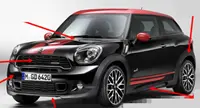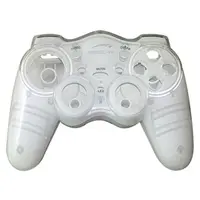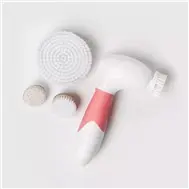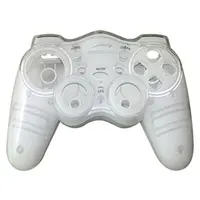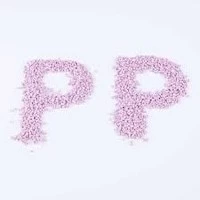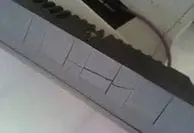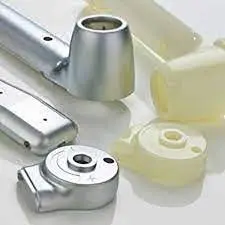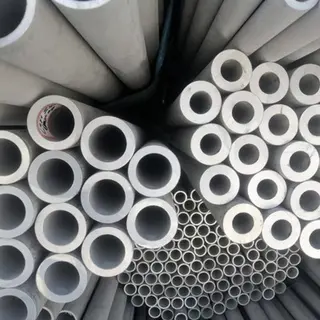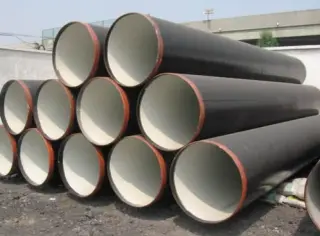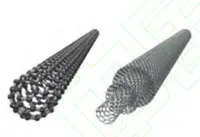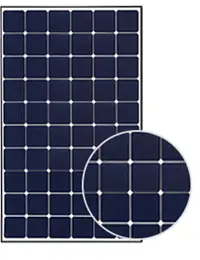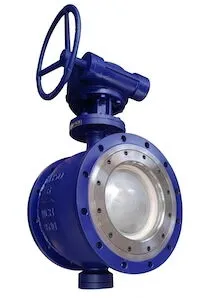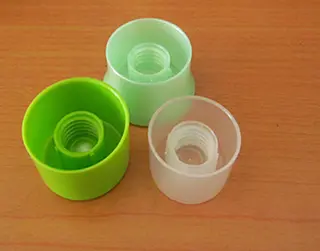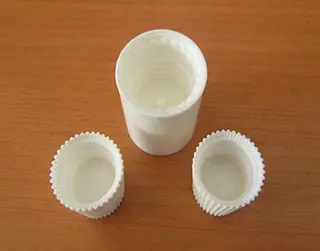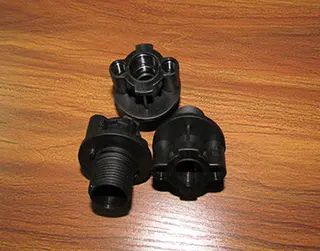Applications of Polypropylene in Automotive Exterior Products
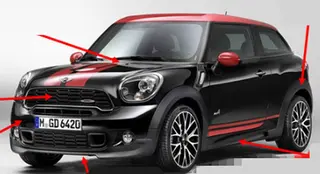 PP used in automotive parts
PP used in automotive partsPP (polypropylene) is a polymer formed by free radical polymerization of propylene monomer. It is non-toxic, odorless and tasteless, which belongs to a crystalline material with great shrinkage and unstable dimensions. Polypropylene is the most used plastic in the interior and exterior automobiles, and it may be said that small materials have great uses.
As the most used plastic in inner and outer automobiles, PP has the following advantages:
- PP has small density between 0.89g/cm3 and 0.93g/cm3, which is the lightest plastic. The density of the modified PP can be between 0.9 and 1.3. It also has light weights.
- PP has a low water absorption rate, which is almost completely free from the immersing of water.
- PP has good processing flowability, easy forming and good appearance.
- PP has abundant sources of raw materials and the price is relatively cheap.
Ordinary PP has a glass transition temperature of -20℃, which has problems of low temperature embrittlement and poor aging resistance. Generally, PP is not directly applied to automotive products because of the high performance requirements. The performance of PP can be adjusted by modification in a wide range so as to meet the performance requirements for different parts. Low temperature embrittlement can be improved by filling modification of elastomers or other monomers. Aging resistance can be improved by adding antioxidants and light stabilizers. Fiber-reinforced PP has very good rigidity and can be used for structural parts such as bumper brackets and seat frames.
Table 1 Commonly used PP materials for automotive exterior parts
Table 1 Commonly used PP materials for automotive exterior parts
| Serial numbers | Parts | Characteristics of materials |
| 1 | Front bumpers, wheel cover outer plates, trim panels of car doors, etc. |
Bumpers are large-sized parts in automotive exterior products. In addition to having a certain strength to meet the performance of the entire vehicle, they also need a certain degree of flexibility and toughness. On the one hand, they meet the requirements for pedestrian protection, and on the other hand they are conducive to assembly and a guarantee of sizes. Generally, the toughness of the material is improved by adding EPDM components, and adding talc can improve the strength of the material, for example, PP plus EPDM-T20. The surface treatment of painting is usually used, and the requirement for the light aging resistance of the material itself is not high. Attach great importance to the performance of the paint itself on the basis of meeting the conventional performance of the material. |
| 2 | Ordinary decorative parts such as ventilation panels, radiator grilles, etc. |
They are mainly used for decoration and under less stress; their strength requirements are low. PP-T20 is usually adopted, and both painting and texture corrosion can be used for the surface. It should be noted here that if only skin corrosion without painting is performed, you need to ensure that the scratch resistance and stone impact resistance meet certain requirements, and try to avoid using too shallow textures. |
| 3 | Structural parts such as lower guard plates of front bumpers, mounting brackets, etc. |
For some models with high requirements for the impact strength of the bottom, the lower guard plates of bumpers often adopt metal or GMT materials. As for ordinary cars, the lower guards of bumpers can be made from glass fiber reinforced PP materials when the strength requirements are not high, such as PP-GF30, PP-GF40 and so on. After using the reinforced glass fiber, because there will be floating fibers on the surface of the part, it is not suitable for surface treatment, which is generally used as a structural part or an area with low appearance requirements. |
Table 2 Performance requirements for commonly used PP materials for automotive exterior parts
| Serial numbers | Items | Units | Requirements for performance | ||||
| PP | PP plus EPEM | PP plus EPEM-T20 | PP-T20 | PP-GF30 | |||
| 1 | Density | g/cm3 | 0.90±0.02 | 0.90±0.02 | 1.03±0.02 | 1.03±0.02 | 1.03±0.02 |
| 2 | The ratio of the mass of ash to that of original materials | % | ≤5 | ≤5 | ≤20±2 | ≤20±2 | ≤30±2 |
| 3 | Flame melting index | g/10min | ≥3 | ≥8 | ≥8 | ≥8 | ≥2 |
| 4 | Rockwell hardness | R | ≥60 | ≥60 | ≥70 | ≥70 | ≥95 |
| 5 | Tensile strength | MPa | ≥16 | ≥16 | ≥20 | ≥25 | ≥65 |
| 6 | Elongation at break | % | ≥100 | ≥200 | ≥100 | ≥65 | ≥8 |
| 7 | Notch impact strength | KJ/m2 | ≥15 | ≥40 | ≥15 | ≥8 | ≥10 |
| 8 | Bending strength | MPa | ≥20 | ≥18 | ≥25 | ≥30 | ≥80 |
| 9 | Flexural modulus | MPa | ≥950 | ≥1000 | ≥1000 | ≥1300 | ≥4000 |
| 10 | Heat distortion temperature | ℃ | ≥90 | ≥85 | ≥100 | ≥105 | ≥140 |
| 11 | Shrinkage | % | 1.4-1.8 | 1.3-1.6 | 0.8-1.1 | 0.8-1.1 | 0.5-0.8 |
Send your message to this supplier
Related Articles from the Supplier
Plastic Automotive Exterior Parts
- Apr 09, 2022
Applications of Different Plastic Materials
- Dec 05, 2017
Common Applications of Plastic Parts
- Feb 05, 2021
Cracking of Injection Molded Products
- Aug 24, 2023
Electroplating of Plastic Products (Part two)
- Dec 15, 2022
Related Articles from China Manufacturers
Applications of stainless steel pipes
- Oct 12, 2023
Improve the Safety of Valve Products
- Nov 17, 2015
Applications of hot extrusion steel pipes
- Jul 11, 2023
Transition of Valve Products in China
- Sep 23, 2016
Related Products Mentioned in the Article
topper
- www.chinatopper.com
- Address: Xiamen
- Phone: 86-592-5819200
- Business Type: Trading, Industry & Trading, Manufacturer,
Supplier Website
Source: https://www.plastic-mold.com/news/applications-of-polypropylene-in-automotive-exterior-products.html

